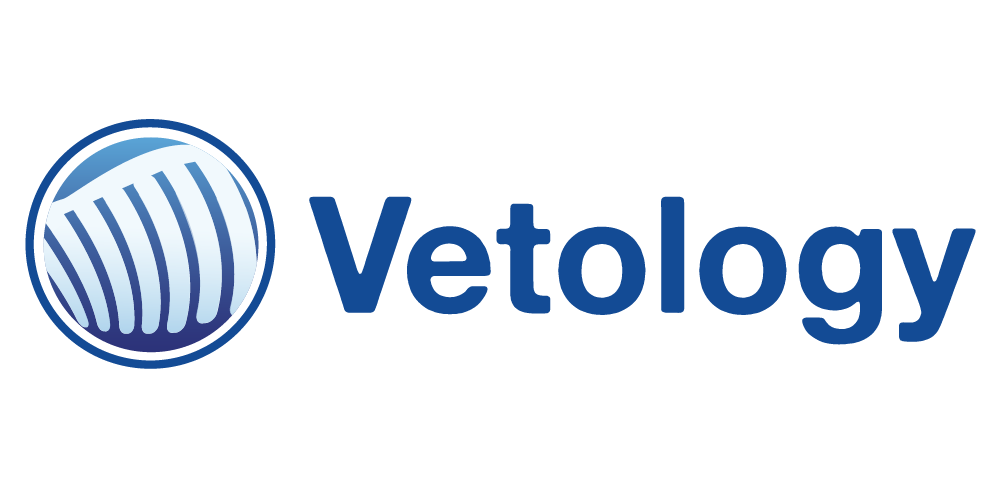The article highlights the role of AI as a supportive tool in veterinary radiology that enhances imaging workflows, accelerates decision-making, and strengthens collaboration between veterinarians and technology. Successful integration relies on thoughtful use, quality imaging, and continued learning. In this blog you will learn how:
- AI in veterinary radiology offers fast, consistent image screening to support confident treatment planning.
- Tools like Vetology’s AI report act as a guide—not a replacement—for veterinary or radiologist expertise.
- Embracing AI calls for some training, some collaboration, and an openness to evolving workflows.
- Vetology’s position is that Veterinarians, radiologists and developers should work together to ensure the AI tools we are building meet today’s clinical needs so they can solve the new challenges the future will bring
While AI’s potential is clear, it is important to recognize that its implementation may call for a shift in how veterinarians approach imaging, read radiographs, and initiate their diagnostic pathways. This article explores why AI is important, how to use it effectively, and the collaborative effort needed to integrate this technology into practice.
Why An AI Radiology Report Matters in Veterinary Medicine
Asking for help is a critical skill in a successful practice. Vetology’s Virtual AI Radiology Report is just that: a support tool, an answer sheet, a guide. It’s one of many tools in your medical toolkit, and it is essential to remember that it was never intended to replace veterinary expertise nor radiologists; it was built to complement both.
Using AI in Imaging Diagnostics
The effectiveness of AI depends on the quality of the submitted radiographs. Clear, well-positioned lateral and VD images that focus on the area of concern lead to more accurate reports. This underscores the importance of maintaining high imaging standards in clinical workflows.
Navigating the Learning Curve Together
As with any new tool, skillset, or appliance, adopting AI in veterinary medicine involves a learning curve, some change, and maybe some practice. AI is evolving and improving. Developing effective tools requires close collaboration between veterinary professionals and developers. Input from veterinarians helps refine systems, ensuring they address real-world clinical needs. Academic peer-reviews support the integrity of the tool, and clinicians benefit from training, practice, and patience with these tools, understanding their capabilities and limitations.
Vetology views integrating with veterinary workflows as a collective effort. Our collective success depends on thoughtful implementation, high-quality radiographs, and collaboration. By working together, veterinarians, radiologists, and technologists can create tools that reinvent workflows that support patient care and maintain the highest standards of safety. This partnership is critical to ensuring that this new approach to imaging evolves as a trusted and valuable resource for the veterinary community.
